It might surprise you to know that we almost never study cold places in the winter. While everyone else is studying penguins, polar bears, and arctic places we like to do plant study and visit biomes such as the Tropical Forest and Coral Reef. It’s cold enough here in Minnesota, we might as well stay inside and dream of warm things! After taking the fall to study exciting things such as American Government as our main group subject, we returned to our biome study from last year and moved to the ocean to study coral reefs.
Suggested Materials
Core Materials
Waseca Biomes Coral Reef Habitat Mat (Free Lesson Plans available on link)
Safari Toob
Coordinating Pictures for Safari Toob (Free on TPT)
Montessori Mapping Materials
Coral Reef 3 or 4 Part Cards (I like these from Diamond Montessori)
Coral Reef Puzzle (preschool or big kid)
Book Notes
There are many great nonfiction titles for this topic and the vivid natural colors make most any coral reef book (written for children or adults) enjoyable. I could never list all of them and you can probably find a nice collection at your local library. We ended up incorporating a ton of art extensions into our study through the Crochet Coral Reef project (see TED Talk in additional resources) and various coloring and drawing books. Nature Anatomy contains a short section on Ocean Life with lovely illustrations that we included in our nature journaling.
Additional Resources
Crochet Coral Reef TED Talk
Marine Crochet/Knit Patterns
Coral Watch Project
Any Local-to-you Aquarium
Coral Reef Study Pinterest Board
Lesson Suggestions/Topics by Age Group
Infants/Toddlers
Coral Reef Discovery Basket (shown above)
Coral Reef Pictures/Objects (shown below with Caleb)
Coral Reef Picture/Picture (make 2 copies of the Coral Reef Toob Images on TPT)
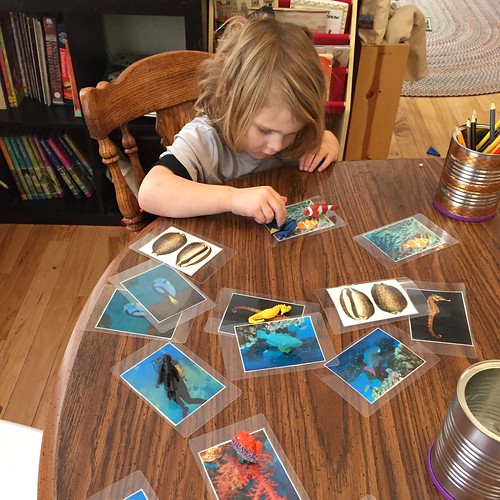
Children’s House (3-6)
Activities with Infant/Toddler Materials
Vertebrate/Invertebrate Classification
Species Sorting
Parts of A Fish (Jellyfish, Starfish, etc)
Species Identification/Naming
Elementary (6-12)
In-Depth Mapping Tie-Ins (I find this is always a great place to start with this age group.)
Waseca Coral Reef Lessons (Free, See Link Above)
Non-Fiction Research & Writing
Data Collection and/or analysis
Secondary (12+)
Fiction & Non-Fiction Writing
Data Collection and/or analysis
Advanced Ecology/Conservation Study, Awareness, & Advocacy
Project Design & Execution
Planning, Preparing, & Presenting to Younger Students
To see some incredible Montessori secondary students in action on the coral reef, check out the Marine & Environmental Stewardship program at Montessori Hale O Keiki in Hawaii! You can even visit the Coral Watch project (link above) website, click on Data and then Map and see the data that was collected by the students! There is a more in-depth article on their upper elementary and secondary marine biology program in the Winter 2017 Issue of Montessori Life, the journal of the American Montessori Society.
If you are interested in mixed age studies like this one, be sure to check out our Interdisciplinary Journey into Ancient Egypt and our Bird Study Unit.
This post contains a mix of affiliate links and non-affiliate links. It will possibly be linked to the It’s Elementary Link Up at Elementary Observations and Montessori Monday at Living Montessori Now. Thank you.


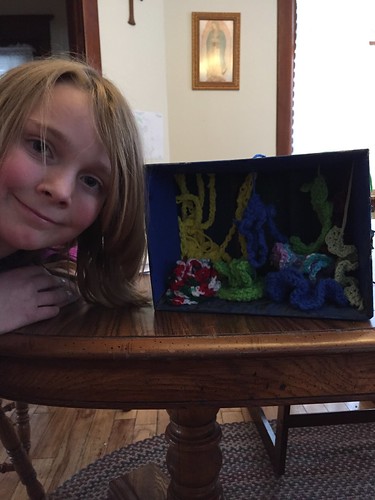
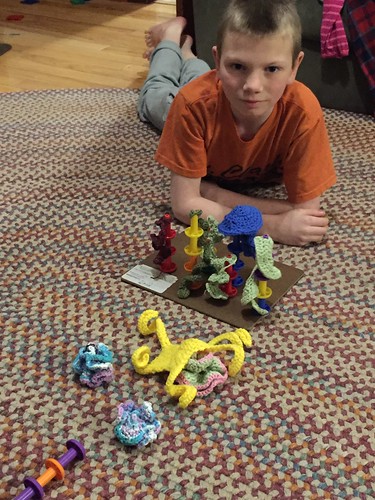

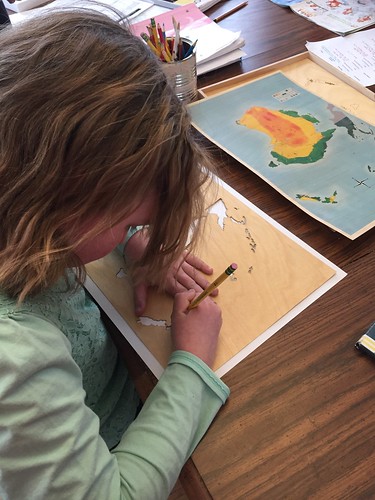









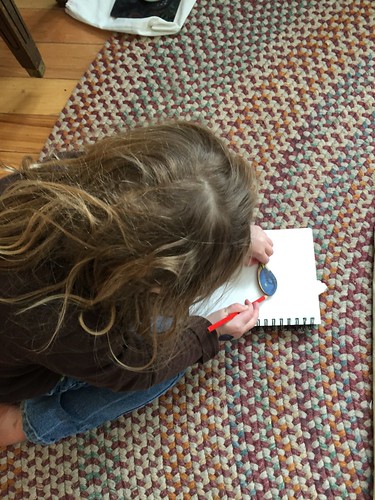
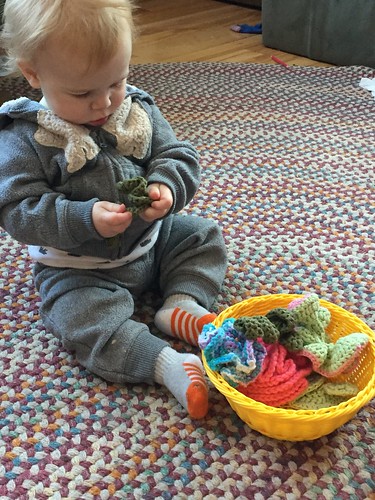
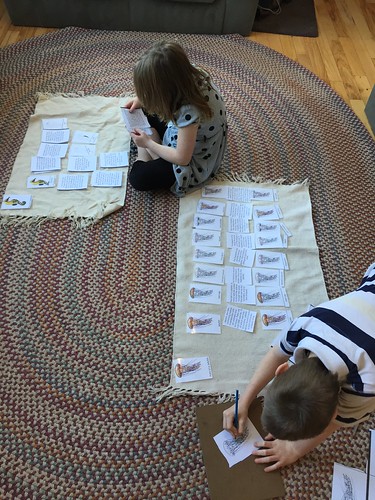
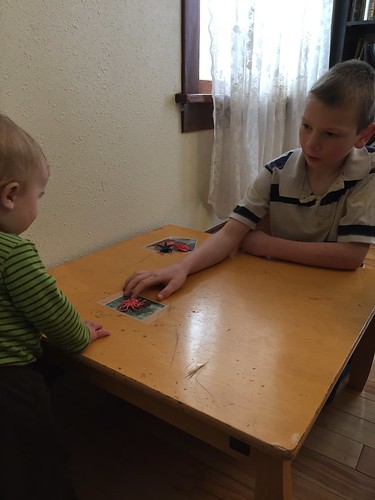
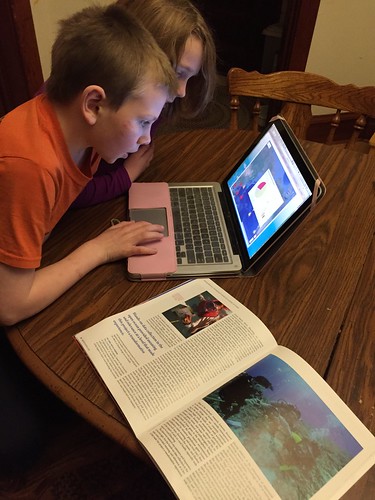
Recent Comments